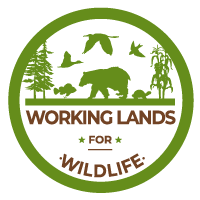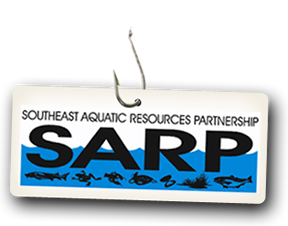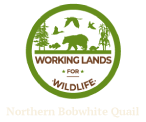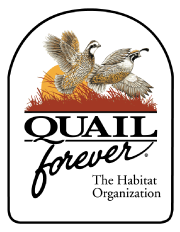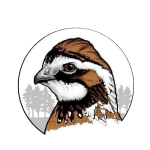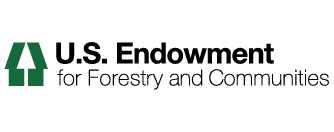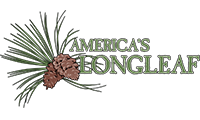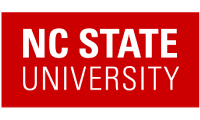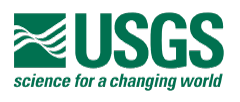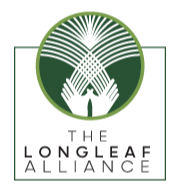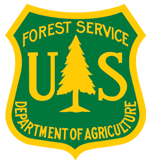Videos and Webinars
Below you can find conservation and working lands videos and webinars developed by our partners. These webinars are meant for a wide range of audiences — from technical experts and practitioners to landowners and the public.
Partnerships in Conservation: Linking economics and wildlife habitat in on-farm program delivery: Kira Everhart-Valentine
Kira Everhart-Valentine speaking at the WLFW Northern Bobwhite, Grasslands and Savannas Partnership Meeting. February 23, 2021. Kira is the Sustainability Director of the United Sorghum Checkoff Program.
WLFW Field Perspective: J.B. Daniel
J.B. Daniel presenting at the WLFW Northern Bobwhite, Grasslands and Savannas National Partnership Meeting. February 23, 2021. J.B. is a grazing specialist with NRCS.
The Economics of Grazing Native Warm Season Grasses: Dr. Pat Keyser
Dr. Pat Keyser speaking at the Working Lands for Wildlife (WLFW): Northern bobwhite, Grasslands and Savannas National Partnership Meeting. Feb 23, 2021. Pat is a professor and the Director of the Center for Native Grassland Management at the University of Tennessee.
Pheasants Forever and Quail Forever: The Habitat Organization: Ryan Heiniger
Ryan Heiniger speaking about precision agriculture at the Working Lands for Wildlife (WLFW): Northern bobwhite, Grasslands and Savannas National Partnership Meeting. February 23, 2021. Ryan is the Director of Agriculture and Conservation Innovation at Pheasant Forever/Quail Forever.
Precision Agriculture and Conservation Opportunities: Dr. Mark McConnell
Dr. Mark McConnell presenting at the Working Lands for Wildlife (WLFW): Northern bobwhite, Grasslands and Savannas National Partnership Meeting on February 23, 2021. Mark is an Assistant Professor of Wildlife Ecology and Management at Mississippi State University.
History and Trends in Native Grasslands & Savannas of the Midwest and East
Dwayne Estes' opening talk for the WLFW Northern Bobwhite, Grasslands and Savannas National Partnership Meeting February 23-24th. Dr. Dwayne Estes is an Associate Professor at Austin Peay State University and is the Executive Director of the Southeastern Grasslands Initiative
Working Lands for Wildlife (WLFW): Northern bobwhite, Grasslands and Savannas National Partnership Meeting, Feb 23rd-24th 2021
Presentations from the 2021 WLFW Northern Bobwhite, Grasslands and Savannas Partnership Meeting
Planting Native Grasses: Missouri Forage and Livestock Series
Pat Keyser (University of Tennessee) and Rick Rath (Missouri Department of Conservation) share about establishing and managing native grasses on pasture lands. Native grasses benefit not only livestock, but wildlife too. This webinar can help practitioners and landowners alike. Filmed January 20, 2021 - Missouri Forage and Livestock Series
Beef, Grass, and Bobwhites w/ Jef Hodges
Day 2, Session 2. Native Warm-Season Grasses Webinar with Dr. Pat Keyser and Jef Hodges. Presented December 2, 2021.
NWSG Forage Management Made Easy w/ Dr. Pat Keyser
Day 2, Session 1. Native Warm-Season Grasses Webinar with Dr. Pat Keyser and Jef Hodges. Presented December 2, 2021.
Establishing Native Grass Forages:A Brief Overview w/ Dr. Pat Keyser
Day 1, Session 2. Native Warm-Season Grasses Webinar with Dr. Pat Keyser and Jef Hodges. Presented December 1, 2021.
Business Case for NWSG Forages w/ Dr. Pat Keyser
Day 1, Session 1. Native Warm-Season Grasses Webinar with Dr. Pat Keyser and Jef Hodges. Presented December 1, 2021.
Video: Welcome to the Landscape Partnership
A video introduction to the Landscape Partnership Portal
Working Lands for Wildlife (WLFW) Workspaces
The Working Lands for Wildlife (WLFW) program develops win-win approaches with producers and private landowners. WLFW partners understand that collaboration is critical to enhance wildlife habitat and improve agriculture and forest productivity. We can continue to strengthen collaboration -- especially between technical experts from federal and state agencies and non-government partner staff -- through the WLFW workspaces. The WLFW workspaces provide online infrastructure and space for partners to share their expertise with one another, exchange resources and ideas, and plan work together on a certain species, a given habitat or land use, or a specific project. A subset of the resources here are available to producers, landowners, and communities who are interested in, or involved with, the WLFW program.
Video: Intro to the Landscape Partnership Workspaces
The Landscape Partnership workspaces provide online infrastructure and space for partners to share their expertise with one another, exchange resources and ideas, and plan work together on a certain species, a given habitat, or a specific project. Workspaces make it easier for partners to share expertise with one another. Any file type or file size can be shared and organized here online -- such as scientific studies, spatial data, images, podcasts, training modules, surveys, links, and videos.
Video: Working Lands for Wildlife (WLFW) Workspaces
The Working Lands for Wildlife (WLFW) program develops win-win approaches with producers and private landowners. WLFW partners understand that collaboration is critical to enhance wildlife habitat and improve agriculture and forest productivity. We can continue to strengthen collaboration -- especially between technical experts from federal and state agencies and non-government partner staff -- through the WLFW workspaces. The WLFW workspaces provide online infrastructure and space for partners to share their expertise with one another, exchange resources and ideas, and plan work together on a certain species, a given habitat or land use, or a specific project. A subset of the resources here are available to producers, landowners, and communities who are interested in, or involved with, the WLFW program.
Conservation Innovation Grants: Successful Grazing Lands - Innovation to Implementation
Join pasture specialists, local graziers, and NRCS staff to discuss the Conservation Innovation Grant (CIG) on Grazing Lands and the benefits of establishing and grazing native warm season grasses for livestock and ground nesting wildlife. See how NRCS is helping more farmers establish and utilize good grazing techniques on their farms. Featuring Dr. Pat Keyser (Center for Native Grasslands Management), J.B. Daniel (NRCS Virginia), and Keith Tuck (Virginia Grazier).
Forage for Beef and Bobs
Learn about the benefits of native grasses for beef cattle production and wildlife in Virginia. This short video (4 min) is especially relevant for beef producers and farmers. Brought to you NRCS Virginia.
Partnerships on Working Lands
Across the West, the National Fish and Wildlife Foundation is working with ranchers, federal and state partners, and other non-profit organizations to support conservation on working lands.
Paul Hessburg: Why Wildfires Have Gotten Worse-and What We Can Do About It
Megafires, individual fires that burn more than 100,000 acres, are on the rise in the western United States -- the direct result of unintentional yet massive changes we've brought to the forests through a century of misguided management. What steps can we take to avoid further destruction? Forest ecologist Paul Hessburg confronts some tough truths about wildfires and details how we can help restore the natural balance of the landscape.


